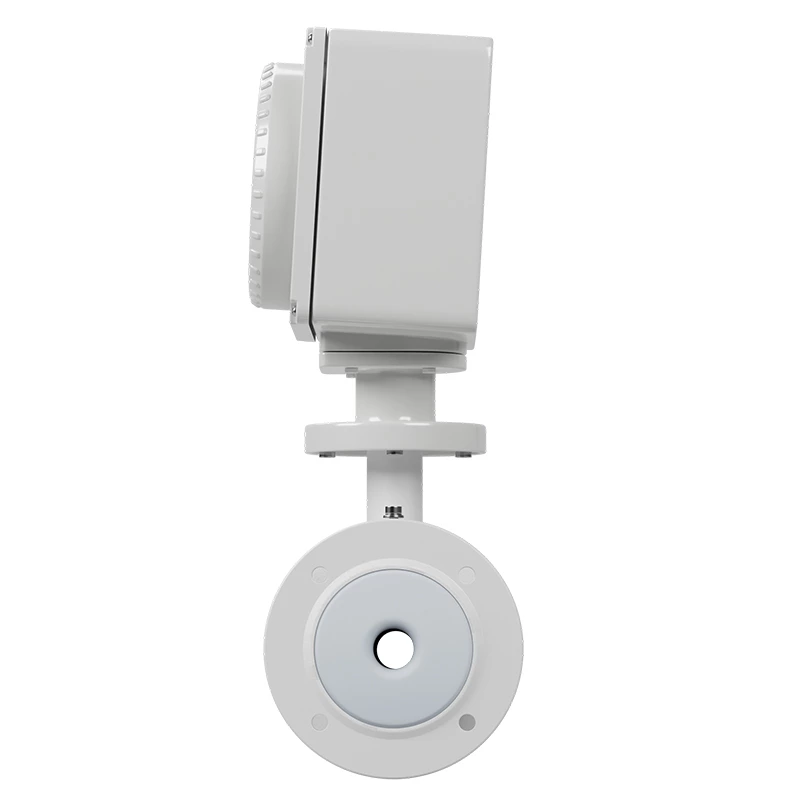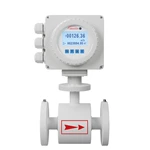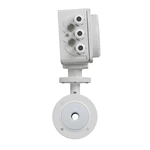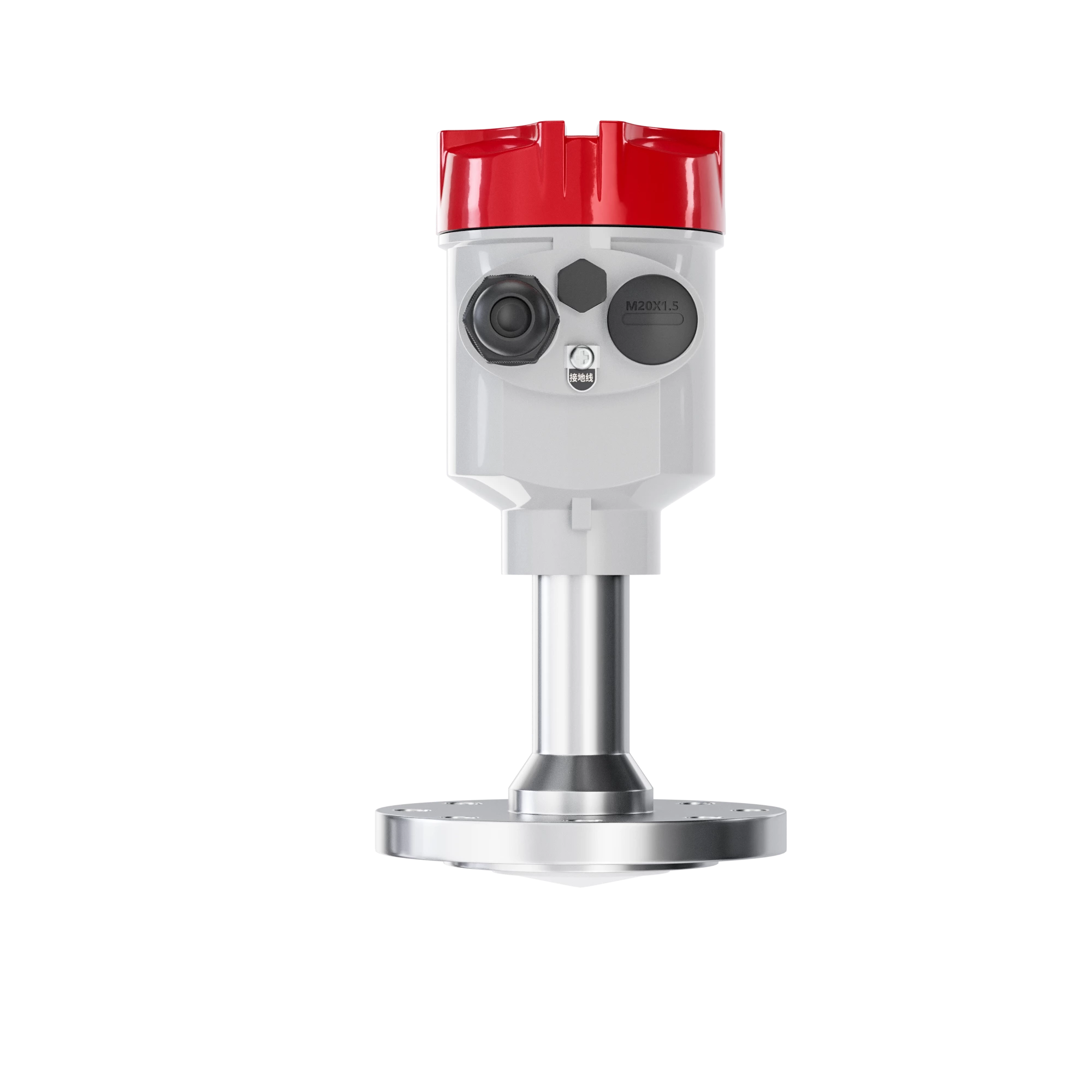FMC240 Electromagnetic flowmeter applies only to measure the real-time flow rate of an electrically conductive liquid or liquid-solid two-phase flow, and has a flow accumulation function. Theoretically, an ordinary type electromagnetic flowmeter can measure the medium conductivity of not less than 5μS/cm, but it’s proved that the measured conductivity by the ordinary electromagnetic flowmeter is higher than one to two orders of magnitude, at least more than 30μS/cm.Meanwhile,the conductivity measured online must prevail, for that measured offline may be relatively higher due to carbon dioxide and nitrogen dioxide contained in the air may dissolve into the medium. Typical applications are monitoring of liquids, filling, dosing and precise measurement in custody transfer
In addition to measuring the flow rate, electromagnetic flowmeters can also provide information on the total volume of water that has flowed through the system. This information can be used for billing purposes or for monitoring water usage. The flowmeter can also be integrated with other systems, such as SCADA (Supervisory Control and Data Acquisition) systems, for remote monitoring and control.

| Product |
Electromagnetic flowmeter |
| Model |
FMC240 |
| Diameter nominal |
DN15~DN1000 |
| Nominal pressure |
DN15 - DN250, PN ≤1.6MPa |
| DN300 - DN1000, PN ≤1.0MPa |
| Accuracy |
±0.5% F.S. (Flow speed > 0.5m/s); ±0.5% F.S.±2mm/s(Flow speed <0.5m/s) |
| Repetitiveness |
0.16% |
| Liner material |
Neoprene (CR), Polyurethane (PU), PTFE (F4), PFEP (F46), PFA |
| Electrode material |
316L Stainless Steel, Hastelloy C, Hastelloy B, Ti, Ta, Pt |
| Medium temperature |
Neoprene: -10…+70℃ Polyurethane: -10…+60℃ PTFE/FEP: -10…+120℃ PFA: -10…+120℃ |
| Power supply |
220VAC, 24VDC |
| Structure type |
Compact type, Remote type |
| Ingress protection |
IP65, IP68(remote type only) |
| Product standard |
JB/T 9248-2015 |
Mag meter works based on Faraday's law, when the liquid goes through the pipe at the flow rate of v with a diameter D, within which a magnetic flux density of B is created by an exciting coil, the following electromotive E is generated in proportion to flow speed v:
E=K×B×V×D
Where:
E-Induced electromotive force
K-Meter constant
B-Magnetic induction density
V-Average flow speed in cross-section of measuring tube
D-Inner diameter of measuring tube

































